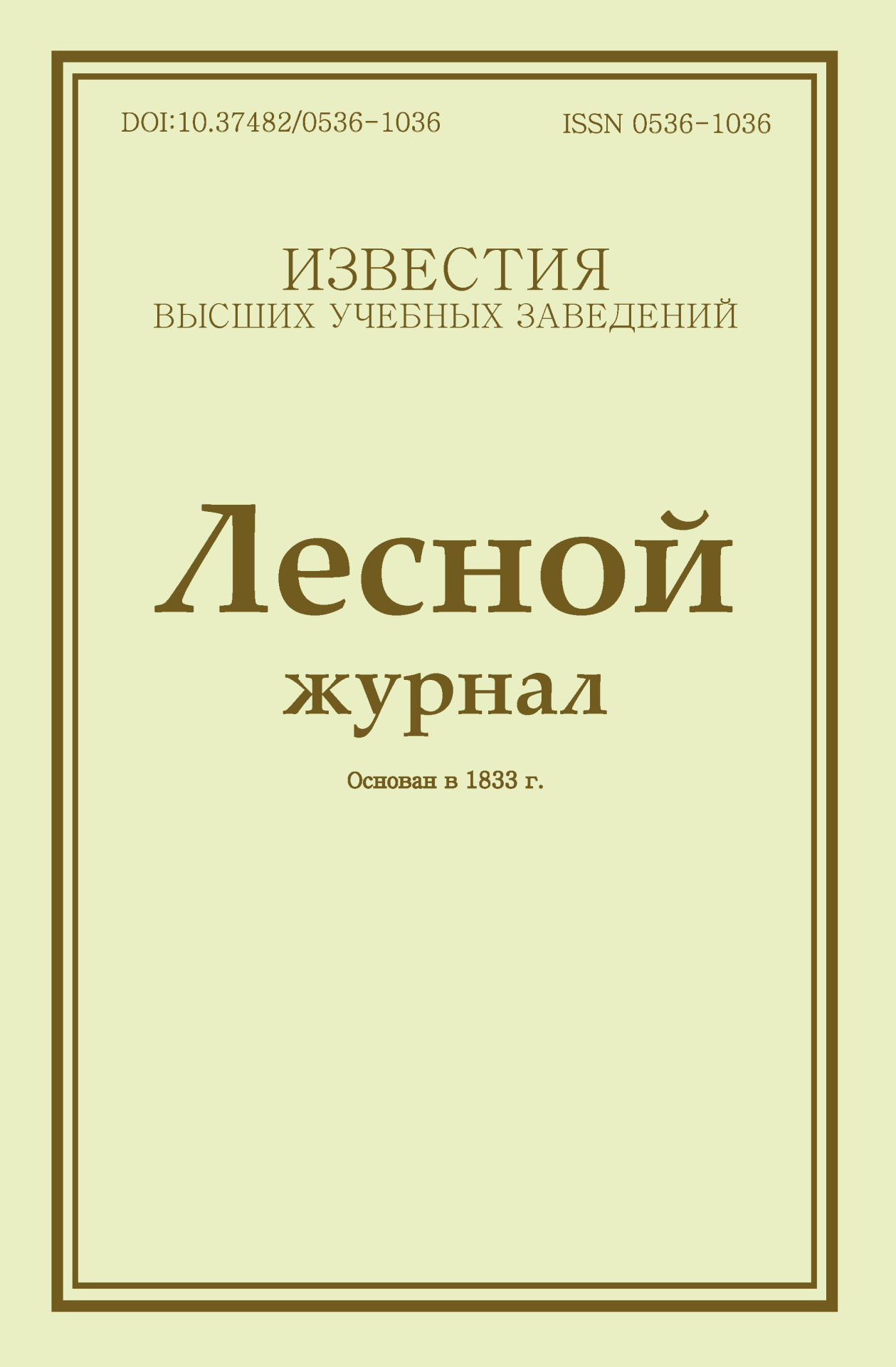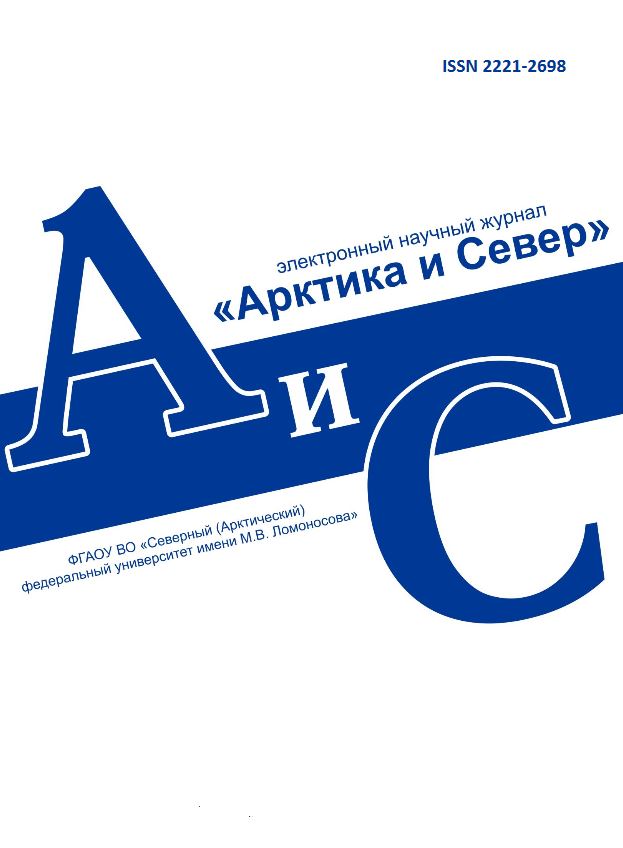
 

Legal and postal addresses of the founder and publisher: Northern (Arctic) Federal University named after M.V. Lomonosov, Naberezhnaya Severnoy Dviny, 17, Arkhangelsk, 163002, Russian Federation
Editorial office address: Journal of Medical and Biological Research, 56 ul. Uritskogo, Arkhangelsk
Phone: (8182) 21-61-00, ext.18-20
E-mail: vestnik_med@narfu.ru
https://vestnikmed.ru/en/
|
Thermoregulatory Vasomotor Activity in Humans with Various Degrees of Sensitivity to Cold. P. 51–58
|
 |
Section: Physiology
Download
(pdf, 3MB )
UDC
612.181+612.014.43
Authors
Anna A. Fedosova
Institute of Physical Education, Sports and Tourism, Petrozavodsk State University
33 prosp. Lenina, Petrozavodsk, 185910, Russian Federation;
e-mail: anna-fedosova@bk.ru
Liudmila I. Gerasimova-Meigal
Institute of Medicine, Petrozavodsk State University
33 prosp. Lenina, Petrozavodsk, 185910, Russian Federation;
e-mail: gerasimova@petrsu.ru
Abstract
This study aimed to investigate thermoregulatory vasomotor responses in humans with various
degrees of sensitivity to cold. Seventy four healthy young people (32 men and 42 women, mean age
19.2 ± 1.2 years) were examined: 30 subjects with high sensitivity to cold and signs of aggravated coldinduced
vasoconstriction (group I), 32 subjects with normal cold tolerance (group II), and 12 winter
swimmers (group III, with high cold tolerance). Thermoregulatory vasomotor responses were evaluated
by measuring skin temperature of symmetrical parts of hands after cold pressor test. Autonomic regulation
of vasomotor responses was investigated using skin sympathetic response (SSR) analysis. Group I
showed increased thermoregulatory vasomotor responses in the form of slow rewarming after local
cooling combined with generalized vasoconstriction. Groups II and III demonstrated physiological coldinduced
vasoconstriction (changes in skin temperature in the region under local cooling and rewarming
to the reference values within 9–12 minutes). The SSR analysis revealed increased sympathetic activity
(higher amplitude of the 2nd phase of skin sympathetic response) in group I. Thus, high sensitivity to
cold, which is manifested in susceptibility to vasoconstriction, reflects the changes in the body’s general
neurohumoral regulation and the strain of nonspecific adaptation systems. In this regard, evaluation of
sensitivity to cold by analysing vascular hyperactivity can be applied to diagnose impaired adaptation to
cold and premorbid states of the circulatory system under long-term cold exposure.
Keywords
adaptation to cold, cold pressor test, skin sympathetic response, preclinical diagnosis
References
- Johnson J.M., Minson C.T., Kellogg D.L. Cutaneous Vasodilator and Vasoconstrictor Mechanisms in Temperature Regulation. Compr. Physiol., 2014, vol. 4, no. 1, pp. 33–89.
- Tansey E.A., Johnson C.D. Recent Advances in Thermoregulation. Adv. Physiol. Educ., 2015, vol. 39, no. 3, pp. 139–148.
- Flavahan N.A. A Vascular Mechanistic Approach to Understanding Raynaud Phenomenon. Nat. Rev. Rheumatol., 2015, vol. 11, no. 3, pp. 146–158.
- Gerasimova L.I. Vliyanie dlitel’nosti prozhivaniya na Evropeyskom Severe na chastotu kholod-assotsiirovannykh simptomov [Influence of a Lifetime in the European North on the Incidence of Cold-Associated Symptoms]. Vestnik RUDN. Ser.: Meditsina, 2000, no. 3, pp. 35–38.
- Gerasimova L.I. Chastota kholod-assotsiirovannykh simptomov u patsientov s terapevticheskoy patologiey [Frequency of Cold-Associated Symptoms in Patients with a Therapeutic Pathology]. Vestnik RUDN. Ser.: Meditsina, 2003, no. 5, pp. 61–65.
- Berlogina S.Yu., Gerasimova L.I. Vegetativnaya regulyatsiya v sisteme krovoobrashcheniya u lits v rannem vosstanovitel’nom periode ishemicheskogo gemodinamicheskogo insul’ta [Autonomic Regulation of the Cardiovascular System in Early Recovery Period After Ischemic Hemodynamic Stroke]. Fundamental’nye issledovaniya, 2011, no. 10–3, pp. 477–480.
- Gerasimova L.I. Rol’ dezadaptatsii k kholodu v razvitii donozologicheskikh sostoyaniy v usloviyakh Severa [The Role of Maladjustment to the Cold in the Development of Prenosological Conditions in the North]. Patogenez, 2007, vol. 5, no. 1–2, pp. 38–41.
- Gerasimova L.I., Fedosova A.A. Characteristics of the Autonomic Regulation in Humans with Different Susceptibility to Cold. Human Physiology, 2016, vol. 42, no. 2, pp. 227–233.
- Näyhä S., Hassi J., Jousilahti P., Laatikainen T., Ikäheimo T.M. Cold-Related Symptoms Among the Healthy and Sick of the General Population: National FINRISK Study Data, 2002. Public Health, 2011, vol. 125, no. 6, pp. 380–388.
- Vegetativnye rasstroystva: klinika, diagnostika, lechenie [Autonomic Disorders: Clinical Picture, Diagnosis, Treatment]. Ed. by Veyn A.M. Moscow, 2003.
- Tse J., Rand C., Carroll M., Charnay A., Gordon S., Morales B. Determining Peripheral Skin Temperature: Subjective versus Objective Measurements. Acta Paediatr., 2016, vol. 105, no. 3, pp. 126–131.
- Zaproudina N., Varmavuo V., Airaksinen O., Närhi M. Reproducibility of Infrared Thermography Measurements in Healthy Individuals. Physiol. Meas., 2008, vol. 29, no. 4, pp. 515–524.
- Odinak M.M., Kotel’nikov S.A., Shustov E.B. Vyzvannye kozhnye vegetativnye potentsialy: metodicheskie ukazaniya [Skin Sympathetic Response: Guidelines]. St. Petersburg, Ivanovo, 1999.
- Jansky L., Matouskova E., Vavra V., Vybiral S., Jansky P., Jandova D., Knizkova I., Kunc P. Thermal, Cardiac and Adrenergic Responses to Repeated Local Cooling. Physiol. Res., 2006. vol. 55, pp. 543–549.
- Okuneva G.N., Chernyavskiy A.M., Bulatetskaya L.M., Klinkova A.S. Diagnosticheskoe znachenie issledovaniya mikrotsirkulyatsii i vyrazhennosti gipertonicheskoy reaktsii na lokal’nyy kholodovоy test u patsientov s ishemicheskoy bolezn’yu serdtsa [Diagnostic Value of Assessment of Microcirculation and of Pressor Response to Cold Stressor Test in Patients with Coronary Artery Disease]. Arterial’naya gipertenziya, 2009, vol. 15, no. 5, pp. 603–609.
- Bocharov M.I. Termoregulyatsiya organizma pri kholodovykh vozdeystviyakh (obzor). Soobshchenie I. [Thermoregulation in Cold Environments (Review). Report I]. Vestnik Severnogo (Arkticheskogo) federal’nogo universiteta. Ser.: Mediko-biologicheskie nauki, 2015, no. 1, pp. 5–15.
- Vetrugno R., Liguori R., Cortelli P., Montagna P. Sympathetic Skin Response: Basic Mechanisms and Clinical Applications. Clin. Auton. Res., 2003, vol. 13, no. 4, pp. 256–270.
- Maksimov A.L. Informativnost’ temperaturnykh reaktsiy kisti pri vozdeystvii na cheloveka gipoksicheskikh faktorov [Informative Value of Changes in Hand Skin Temperature in Response to Hypoxic Exposure]. Human Physiology, 2005, vol. 31, no. 3, pp. 337–345.
- Maksimov A.L., Dorokhova A.S., Bartosh T.P. Osobennosti psikhofiziologicheskikh svoystv nervnoy sistemy podrostkov s razlichnymi tipami temperaturnoy reaktsii kisti na kholodovoe vozdeystvie [Psychophysiological Properties of the Nervous System in Adolescents with Various Types of Hand Temperature Responses to Cold Exposure]. Valeologiya, 2010, no. 2, pp. 72–78.
|
Make a Submission









Vestnik of NArFU.
Series "Humanitarian and Social Sciences"
.jpg)
Forest Journal

Arctic and North


|




.jpg)

